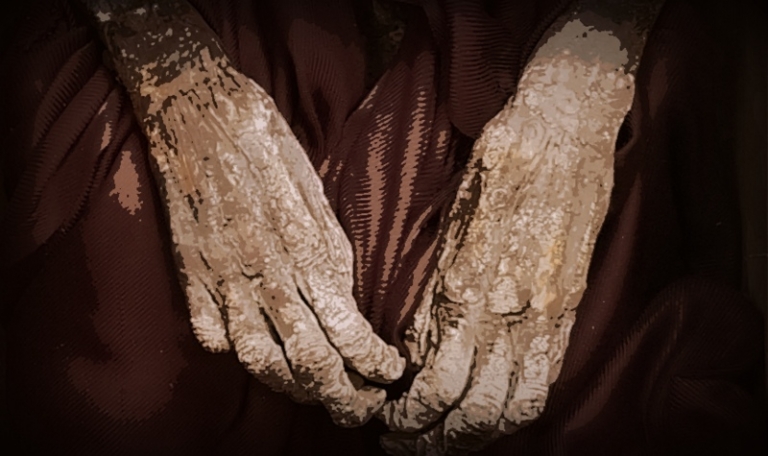
PHILIPPI, W.Va. — Stored for years in an old barn, the creations of a rural mad scientist, the hardened cadavers known as the "Philippi Mummies" are as grotesque as anything you might imagine, and they're attracting tourists to this quiet river town in the shadow of the Allegheny Mountains.
"Everything you've heard about them—it might all be true," says Ed Larry, curator of the Philippi Visitor Center and Museum, "though the full tale is stranger than you might expect."
The town of nearly 2,500 residents may best be known as the site of the first land action of the Civil War, but the Internet has propelled the fame of the ghoulish bodies far beyond that which anyone expected.
Leading visitors into a small room in the corner of the museum, staff at first remain quiet, allowing the curious to consider what they're seeing. Two pale figures, smaller perhaps than might be expected, lay draped in red damask in rustic coffins.
Their expressions could be regarded as pained or peaceful, depending on the light and the observer. Arms at their sides, their hands crossed protectively over their abdomens, ironically the region into which the secret fluid used in the bizarre mummification process was introduced.
Both were women, former residents of the Hospital for the Insane, as it was then known, at Weston. The younger, in her 20s, had died during childbirth. The older had died of natural causes in her 40s. Both passed without known relatives.
Ed Larry says a letter was later found in the pocket of the younger, who had requested that her body be returned home for burial, though that was not to be her fate.
Instead, the asylum had been persuaded by an eccentric farmer and historian, Graham Hamrick, to provide the bodies for a series of macabre experiments. Hamrick was convinced that he had discovered a method of embalming, or mummification, based on passages from the Bible.
His first experiment was performed on the severed head of an African-American male that had been set on its neck in a pan of the embalming solution.
Whatever the method, the ingredients were easy to come by, according to an unknown author cited in a brochure now provided at the museum:
"The only secret of the wonderful embalming method is that his liquid, a portion of which is made by herbs gathered by him in the mountains, kills the germs of decomposition in the flesh or whatever it is applied to."
According to the same source, embalmed squirrels, birds, and a snake were positioned in lifelike poses around the farmhouse, and Mrs. Hamrick would often display what would appear to be a piece of shoe leather, which, she explained," This is the blood of a human being prepared by 'father' years ago and which has remained in this condition ever since."
Historian Jim Comstock, who had the celebrated mummies removed from the barn and displayed at the W.Va. Centennial Exposition in 1963, combed the region for tales of Hamrick, who took his secrets to the grave in 1899.
"It seemed that Hamrick believed the embalming fluid would be drawn up into the tissue due to the influence of an 'everlasting drive,' which the embalmer believed remains in the organic matter even after it was dead."
Hamrick's method met with success and was repeated on an arm, then, in 1888, on a deceased newborn and the two female subjects now on display.
According to "A History of Barbour County," published in 1968, Hamrick applied for a patent and was at first rejected as no authority could believe his formula, as described, could produce the claimed result, so he traveled to Washington, D.C., to demonstrate his method and provide documentation. Though his patent was accepted, he declined to pursue the matter further.
In 1891, he was awarded a bronze medal by the Paris Inventor's Academy of France and was later awarded a gold medal, though he declined to profit off his work or share the formula.
"As he drew near the end of his life, he prepared embalming fluid for his body and instructed his friends how to use it," according to the 1968 account. However, he was interred in the Saint Mary's Chapel Cemetery north of Philippi after a battle with tuberculosis, and no account of his special embalming exists.
The cadavers were afterward passed on to the Byers family of Charleston, who have loaned them to the museum but have decided not to allow the cadavers to be tested, preferring that they be allowed to rest in peace.
Unfortunately, during a torrential flood in 1985, all remains, but the two female cadavers, were washed away, and the two that survived lost their hair but remained in remarkable condition.
Though historians and journalists have repeatedly revisited the mummies' story over the last century, Ed Larry says the Internet and television programs have allowed word of their origins to spread.
"We now have more people coming in the museum than ever, and their donations have helped the museum and Philippi greatly," he said.
The museum is open 11 a.m.-4 p.m. Friday and Saturday and 1-5 p.m. Sunday or by appointment. For more information, call 304-457-3773 or 304-457-3700. The museum is located at 13 Museum St., Philippi, WV 26416.
Sign up for a FREE copy of West Virginia Explorer Magazine in your weekly email. Sign me up!



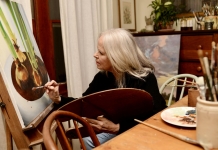
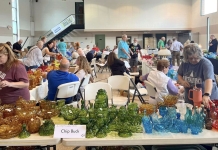






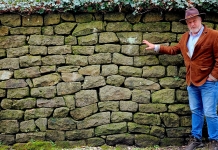
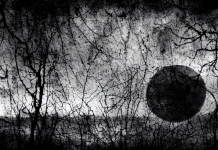
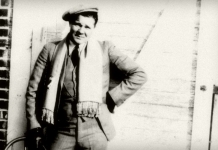
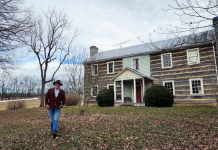
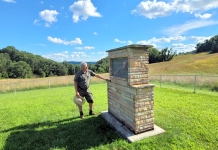
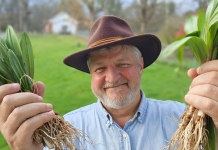








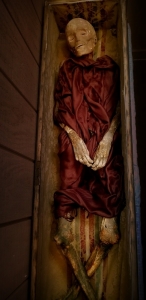
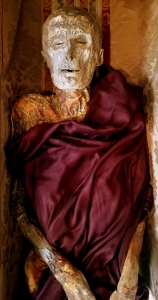
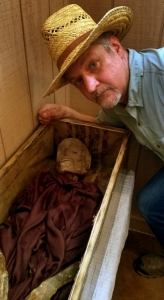








Facebook Comments